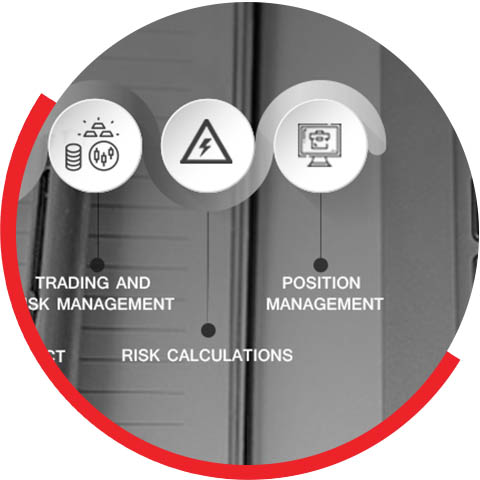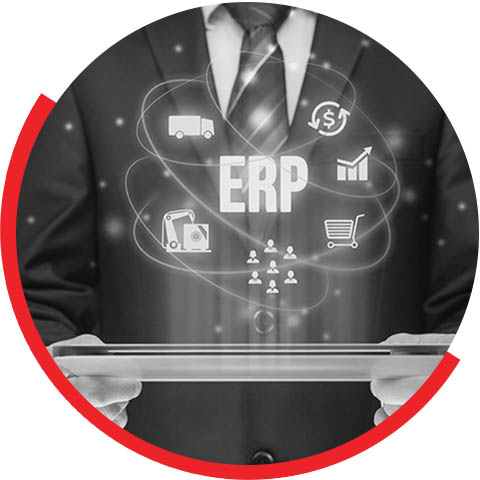Sonata Software earned a ‘Certified For Microsoft Dynamics’ accreditation, as Brick & Click and Modern Distribution, digital platforms for the Retail and Distribution industries respectively, have realized Microsoft’s highest standard for partner developed software solutions. This is a momentous occasion for us because this signifies that the solution has met Microsoft Corp.‘s tallest standard for partner-developed software.
Brick & Click is the only integrated digital retailing Platform, providing digital ready unified operations capabilities and best-in-class digital engagement in-store and online.
Modern Distribution Platform wedges together a comprehensive feature set that allows B2B Companies enhance delivery efficiency, maximize B2B digital commerce, tie in supply chain performance with their profit goals.
Solutions that have been Certified for MS Dynamics, have shown inexplicable compatibility and development quality with the MS Dynamics product on which it’s borne by passing rigorous VeriTest software solution testing for MS Dynamics, which are catalogued in the MS Partner Solution Profiler tool. Further, the MS Dynamics partner must have customers who have successfully implemented the certified solution and are willing to recommend it, enroll in a Partner Service Plan with Microsoft and be a Gold Certified Partner in the Microsoft Partner Program.
What’s doubly advantageous for customers, is that Certified for Microsoft Dynamics helps narrow down Microsoft Dynamics solutions and identify the best one after testing it for compatibility. This also serves in meeting high quality standards, which is then successfully used by existing customers.
“Sonata’s admission into Inner Circle, Microsoft’s highest membership 2018-2019 for MS Dynamics is testimony that it (MS Dynamics) is at the heart of our Platformation methodology which enables enterprises in transitioning to a digital environment. Sonata has a track record replete with its portfolio in several Dynamics-led global transformation(al) projects, especially in our focus verticals of Retail and Distribution – that helped us to achieve the Certified For Dynamics accreditation,” Srikar Reddy, MD & CEO, Sonata Software.
Sonata Software has some of the largest Dynamics 365 customers across the globe with a strong Dynamics 365 team, together with AX and CRM consultants. In addition, it is a Tier-1 CSP for Microsoft in many countries. Take a peek at our core IPs on the Dynamics platform, see Brick & Click for Retail and Modern Distribution for Manufacturing and CPG.





